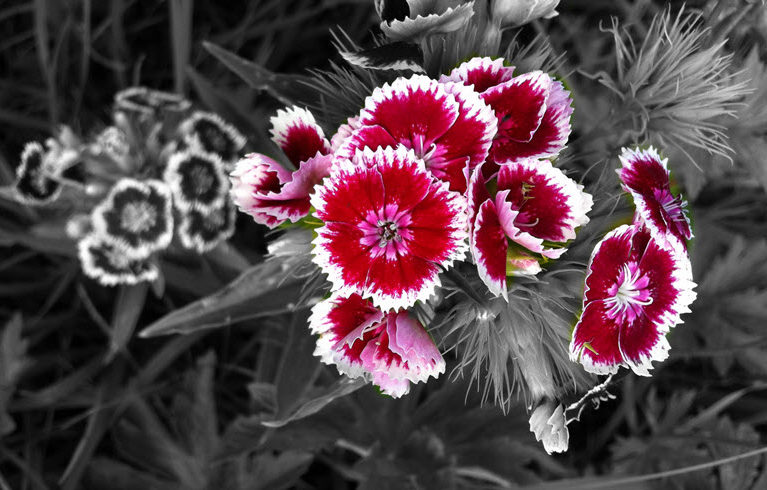HWA DOU MONSTRO DOU PON-NOU (CELA DU MONSTRO DU PONT-NÔF)
This tale is read by Dzakye in the Arpitan of Savièse.
You will be presented with three versions below:
- English translation
- Unified orthography ORB
- Traditional Orthografy of the Arpitan of Savièse
1. THE NEW BRIDGE MONSTER
Listen to the tale while you try to spot the words meaning the same as the English words…
On a Sunday (day of celebration), a man went for a walk, alone, up to New Bridge. And then there, he bent over (the parapet of) the bridge in order to look down, and then he probably threw some stones down in order to hear them echo, as you can usually see people do around there.
All of a sudden, he sees an extremely ugly monster going up the Morges (river), moving against the water. He got so frightened that he died within ten days.
« New Bridge » = « »Pont Neuf », also called « Pont du diable » (« Devil’s bridge »)
Basile Luyet, conte 12, cahier 7 de « Cahiers valaisans du folklore », 1929
Try now to read the Arpitan text while you listen to the tale.
The ORB (unified spelling) should be easier to understand if you know French…
2. CELA DU MONSTRO DU PONT-NÔF
L’at un côp un que l’est partî promenar, una féta, solèt, amont u Pont-Nôf. Et puès lé l’est abochiâ (abocllâ, penchiê, cllenchiê) sur lo pont por regardar (gouétar, avisar) bas, et puès l’arat pot-étre acuelyî (lanciê) bas des galots (calyous, piérres), coment on vêt fére a tant (de mondo) per lé.
Tot d’un côp, el vêt vegnir un plus brute monstro per la Môrge ; vouasâe (remuâe, rebugiêe) l’égoua a renvèrse. L’est tant éta empoueriê que l’est môrt dans les huét jorns.
Basile Luyet, conta 12, cahiers valaisans du folklore 1929 – Transcripcion en ORB de Dzakye
Now you can try and read the text yourself! Here is the tale in its traditional phonetic spelling.
3. HWA DOU MONSTRO DOU PON-NOU
L’a oun kóou oun kye l’è parti promena, ona féita, chówé, amou ou Pon-Nou. E pwé wéi l’é abótchya chou ó pon pó raada ba, é pwé l’ar.é pot-étre acoli ba dé galóou pó avweré rétóna, cómin oun vi fér.é a tan (dé moundó) pêr lé.
Tó d’oun cóou i vi eni oun plo brote monstró pé a Mōrdzé ; vwasaé w’éivwe a réêrtsé. L’é tan ita ënpwerya kye l’é mò dan é vwe dzò.
Basile Luyet, conta 12, cahiers valaisans du folklore 1929
